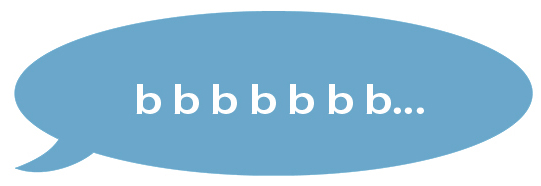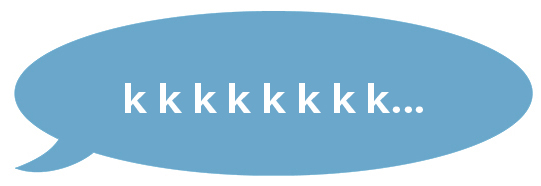LOS SONIDOS [p], [t], [k] Y [b], [d], [g] / THE [p], [t], [k] and [b], [d], [g] SOUNDS
The consonants [p], [t] y [k] are voiceless (the vocal chords don’t vibrate).
The consonants [b], [d] y [g] are voiced (the vocal chords vibrate).
See for yourself: place a hand on your throat and repeat:
 |
* ¡Para grabar tu voz, activa el micrófono! / To record your voice, enable the microphone! Grabaciones |
 |
|
Grabaciones |
 |
|
Grabaciones |
To do it correctly, you must try to make the [p] and [b] sounds without any vowel sound.
The vocal chords don’t vibrate with [p] sound, but do it with the [b] sound.
You can also try this with [t] and [d], and with [k] and [g].
The consonants [b], [d] and [g] when they come between two vowels are pronounced more softly.
 |
To pronounce the Spanish consonant d you must place your tongue against your upper teeth. Pronounce these words well in order to distinguish them: |
| cada~cara |
| todo~toro |
 |
Listen and repeat the following words: |
| peso |
Grabaciones
| beso |
Grabaciones
| cuánto |
Grabaciones
| cuándo |
Grabaciones
| cada |
Grabaciones
| visado |
Grabaciones
| gordo |
Grabaciones
| todo |
Grabaciones
| moto |
Grabaciones
| guarda |
Grabaciones
| universidad |
Grabaciones
| vacaciones |
Grabaciones
The letters b and v are used for the same sound ([b]).
b + r/l is always written: libro, palabra, sobre; hablar, mueble, tabla.
Before m , b is always written: hombre, noviembre, diciembre.
